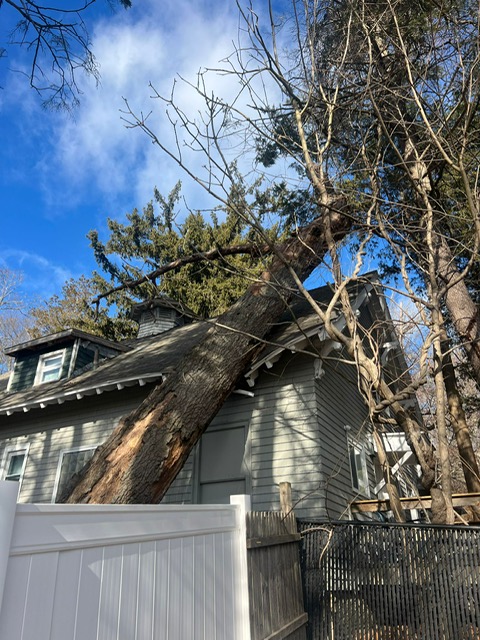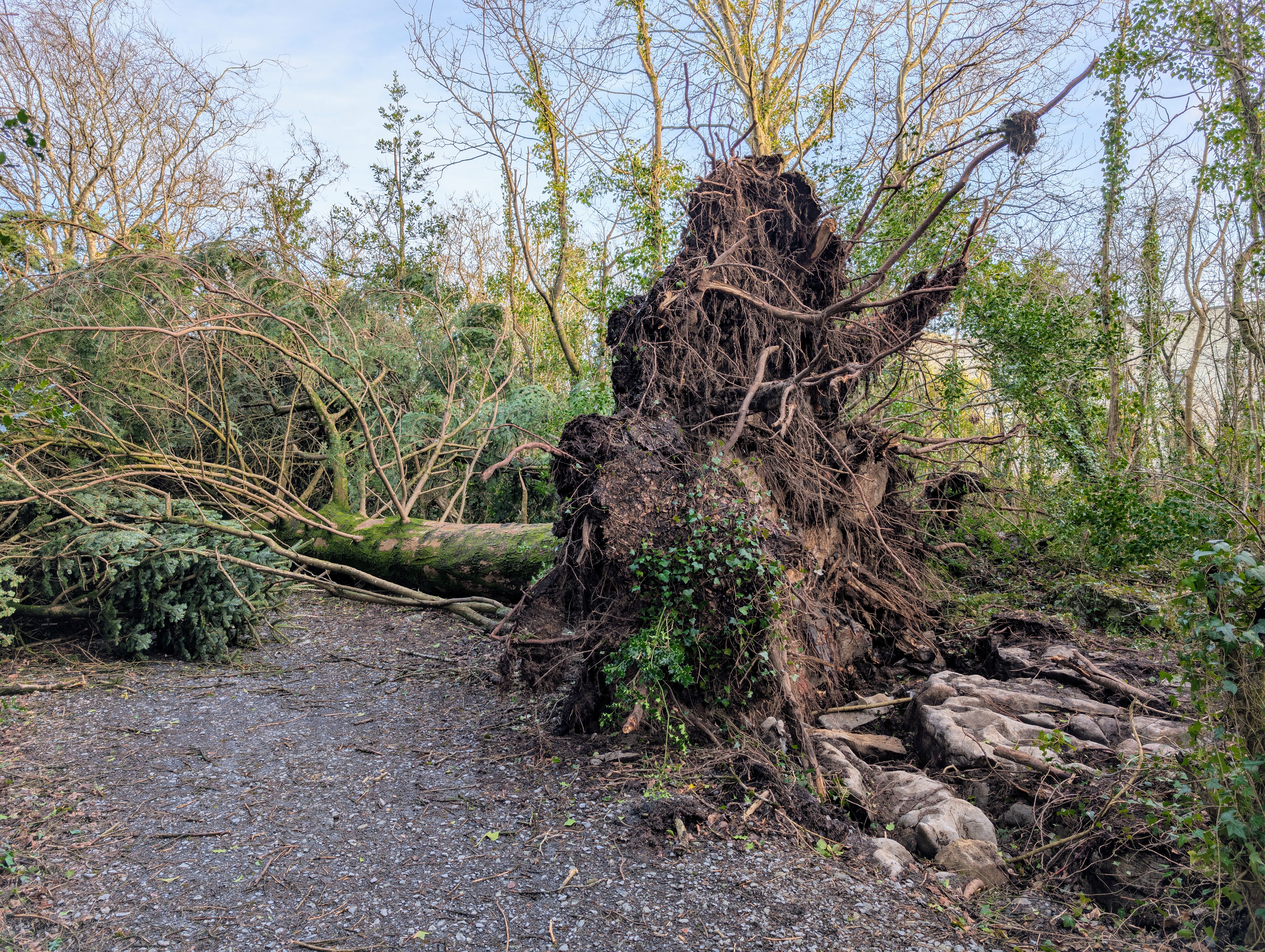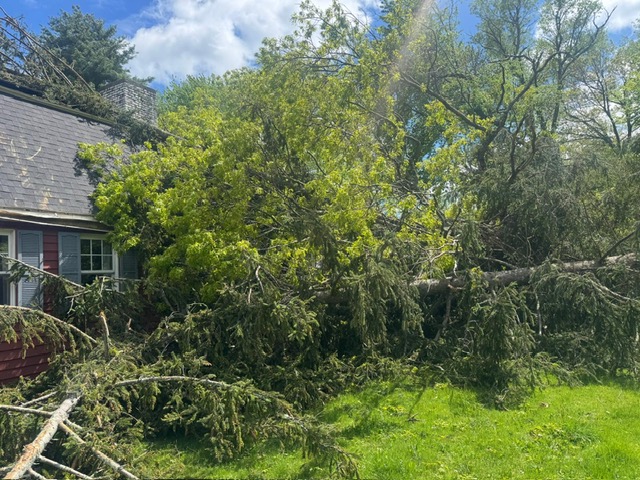How to Prepare Your Property for Storm Season
By Tree Emergency Expert
Tree Emergency Expert

As storm season approaches, safeguarding your property becomes a top priority. Learn how to prepare your home and landscape to minimize damage from severe weather.
Storm season can be challenging for homeowners, with high winds, heavy rain, and potential flooding posing significant risks to property. Proper preparation can help minimize damage and ensure the safety of your home and family. Here's a comprehensive guide on how to prepare your property for storm season.
Your roof serves as your home's primary shield against the elements. Before storm season begins, perform a detailed inspection of your roof. Check for damaged or missing shingles, cracks, and leaks. Address any issues you discover to prevent water from entering your home. Consider hiring a professional to evaluate your roof's condition and perform any needed repairs.
To prevent harm to your roof, siding, and foundation, make sure that your gutters and downspouts are thoroughly cleaned before the storm season begins. Clear out any leaves, twigs, and debris to ensure unobstructed water flow. Also, check for leaks or any damage in your gutters and perform repairs as needed to keep them functioning properly.
Overgrown trees and shrubs can pose as a notable hazard during a storm. Trim any branches that hang over your house, driveway, or power lines.
This will lower the chances of branches snapping off and causing damage. If you have large trees near your home, consider hiring a professional arborist to assess their health and stability.
High winds can turn outdoor items into dangerous projectiles. Secure or store away outdoor furniture, grills, gardening tools, and other loose items. Suppose you have a shed or garage, store items inside. For more oversized items that can't be moved, use straps or anchors to secure them to the ground.
Windows are particularly vulnerable during storms. Installing storm shutters is an excellent way to protect your windows from flying debris. If you don't have storm shutters, consider boarding your windows with plywood. Ensure the plywood is cut to size and ready to install before the storm arrives.
Ensure that your homeowner's insurance policy covers storm damage. Review your policy to understand what is covered and what isn't. Consider adding extra coverage if necessary, especially if you live in an area prone to severe storms. Having adequate insurance coverage can significantly affect your recovery process after a storm.
Assemble an emergency kit with necessary supplies such as water, non-perishable food, flashlights, batteries, a first aid kit, and important documents. Make sure everyone in your household knows the location of the kit and how to access it. Having a generator can also be extremely helpful during a power outage.
Share this article:
Related Articles

Tree Damage and Insurance Claims: What Homeowners in the U.S. Should Know After a Storm
Not all tree damage is treated the same by your homeowners insurance. In most cases, you’re covered if a fallen tree damages your house, fence, or garage — but there are exceptions. For example, you’re usually protected if a storm knocks a tree onto your roof or if a neighbor’s tree falls onto your property. However, if a dead or neglected tree comes down without hitting anything, or blocks only your yard, your policy may not cover the removal costs.

Nor’easter 2025: What CT, NJ & NY Homeowners Should Know (And How to Protect Your Trees)
This upcoming nor’easter isn’t just targeting Connecticut — it’s also expected to hit New Jersey and New York with strong winds, heavy rain, and coastal flooding. Trees near the coast or in vulnerable spots will face risks. Get your property prepared now to avoid damage.
Need Emergency Tree Service?
Our team of certified arborists is available 24/7 to handle any tree emergency.
